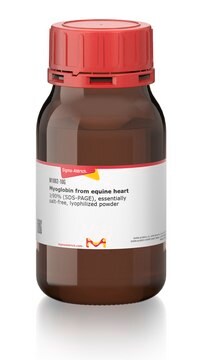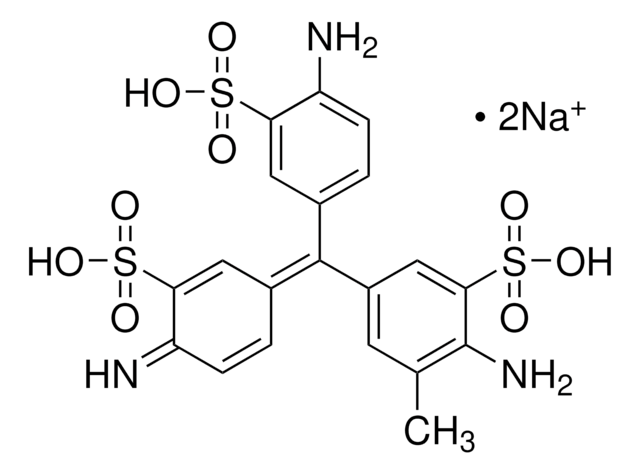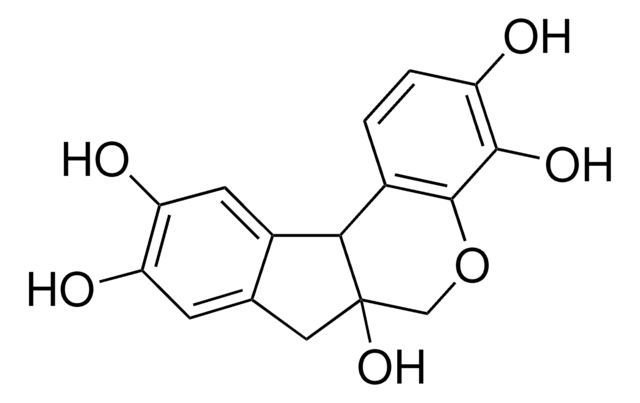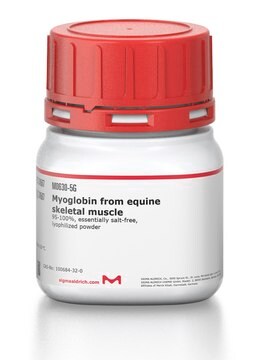Key Documents
O7252
Orange G
Dye content, ≥80%, certified by the Biological Stain Commission, powder
Synonim(y):
1-Phenylazo-2-naphthol-6,8-disulfonic acid disodium salt, 7-Hydroxy-8-phenylazo-1,3-naphthalenedisulfonic acid disodium salt, Acid Orange 10, Wool Orange 2G
About This Item
Polecane produkty
product name
Orange G, certified by the Biological Stain Commission
klasa czystości
certified by the Biological Stain Commission
Poziom jakości
Postać
powder
skład
Dye content, ≥80%
kolor
orange to very dark orange
rozpuszczalność
water: 1 mg/mL, clear
Zastosowanie
diagnostic assay manufacturing
hematology
histology
temp. przechowywania
room temp
ciąg SMILES
[Na+].[Na+].Oc1ccc2cc(cc(c2c1\N=N\c3ccccc3)S([O-])(=O)=O)S([O-])(=O)=O
InChI
1S/C16H12N2O7S2.2Na/c19-13-7-6-10-8-12(26(20,21)22)9-14(27(23,24)25)15(10)16(13)18-17-11-4-2-1-3-5-11;;/h1-9,19H,(H,20,21,22)(H,23,24,25);;/q;2*+1/p-2/b18-17+;;
Klucz InChI
HSXUHWZMNJHFRV-QIKYXUGXSA-L
Szukasz podobnych produktów? Odwiedź Przewodnik dotyczący porównywania produktów
Opis ogólny
Zastosowanie
Przydatność
Kod klasy składowania
11 - Combustible Solids
Klasa zagrożenia wodnego (WGK)
WGK 3
Temperatura zapłonu (°F)
Not applicable
Temperatura zapłonu (°C)
Not applicable
Środki ochrony indywidualnej
Eyeshields, Gloves, type N95 (US)
Certyfikaty analizy (CoA)
Poszukaj Certyfikaty analizy (CoA), wpisując numer partii/serii produktów. Numery serii i partii można znaleźć na etykiecie produktu po słowach „seria” lub „partia”.
Masz już ten produkt?
Dokumenty związane z niedawno zakupionymi produktami zostały zamieszczone w Bibliotece dokumentów.
Klienci oglądali również te produkty
Nasz zespół naukowców ma doświadczenie we wszystkich obszarach badań, w tym w naukach przyrodniczych, materiałoznawstwie, syntezie chemicznej, chromatografii, analityce i wielu innych dziedzinach.
Skontaktuj się z zespołem ds. pomocy technicznej









